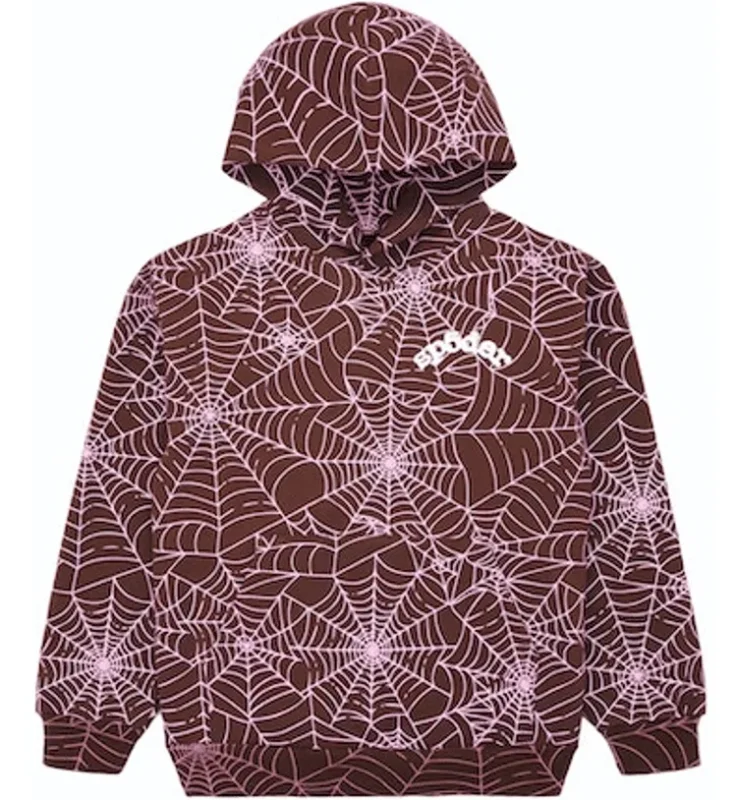In the early 1980s, Shawn Stüssy, a surfboard shaper from Laguna Beach, began signing his creations with a bold, handwritten signature. What started as a playful flourish on boards soon made its way onto T-shirts, caps, and shorts, sold casually to friends and beachgoers. The scrawl looked rebellious yet effortless, standing apart from polished corporate logos. It carried the raw, unfiltered energy of surf culture—sun-bleached hair, sandy feet, and freedom in motion. Unbeknownst to Shawn, that casual act of self-branding would birth an empire. His logo transcended surfboards to become a cultural emblem, giving stussyofficialsstore.com its unforgettable DNA.
Blurring Surf, Skate, and Street
Unlike traditional surf brands that clung tightly to coastal identity, Stüssy leapt boldly into skate culture and urban nightlife. The brand wasn’t confined by the Pacific—it thrived in the gritty rhythm of city sidewalks and underground clubs. Skaters adopted the oversized tees for their comfort, while DJs and ravers embraced the edgy graphics. This crossover gave Stüssy a chameleon-like ability to speak to multiple subcultures at once. By dissolving the borders between scenes, it became a unifying style code. The brand was no longer just “surfwear”; it evolved into a language spoken fluently across boards, beats, and city blocks.
The Rise of the Logo as Identity
The iconic Stüssy script logo became far more than decoration—it became an insignia. Its graffiti-like sharpness mirrored rebellion, making wearers feel part of an underground collective. In the 1980s and early ’90s, logos carried weight, but Stüssy’s was personal, even intimate, like a secret handshake in ink. To don the brand was to declare allegiance without words, aligning oneself with a subculture that valued authenticity and freedom. It wasn’t just apparel—it was armor, confidence, and kinship. The logo transcended mere branding to function as a banner for youth defiance, cementing its power long before “logo culture” dominated fashion.
The 1990s Expansion
The 1990s marked Stüssy’s transformation from a local Californian label into a global force. International “tribes” sprouted in Tokyo, London, and New York, each chapter reflecting its city’s unique energy while staying tied to the Stüssy identity. Scarcity was central to the allure—limited distribution created an aura of exclusivity, fueling desire. The brand became synonymous with cool, not because it chased trends, but because it curated them. Collaborations with influential designers and musicians added to the mystique, ensuring that Stüssy wasn’t just clothing, but a passport into a lifestyle. Its expansion was measured, deliberate, and dripping with cultural cachet.
Celebrity Endorsement and Hip-Hop Influence
As hip-hop exploded into mainstream consciousness, Stüssy rode the wave seamlessly. Artists and DJs wore the script logo with pride, amplifying its presence through music videos, performances, and photo shoots. Unlike polished luxury labels, Stüssy resonated with the raw authenticity of street style that hip-hop embodied. It became the unofficial uniform of youth rebellion—baggy jeans, sneakers, and a Stüssy tee. The brand’s presence in this scene made it aspirational yet attainable, turning it into a household name for those seeking credibility. Hip-hop didn’t just showcase the brand; it intertwined with it, elevating Stüssy into a cultural powerhouse.
Collaborations as Cultural Currency
Stüssy mastered the art of collaboration long before it became the industry norm. By linking with luxury houses, sportswear giants, and underground labels, it created capsules that blurred the lines between high fashion and street credibility. Each release became a spectacle, drawing crowds that stretched around blocks and creating resale markets that thrived on scarcity. Collaborations weren’t just product drops—they were cultural dialogues, each collection narrating a story of shared aesthetics and identity. This strategy kept Stüssy fresh across decades, appealing to multiple generations while reinforcing its role as a pioneer in fashion’s collaborative economy. Exclusivity fueled its fire.
Digital Age Dominance
In the digital era, Stüssy has thrived by balancing nostalgia with innovation. Social media platforms like Instagram and TikTok amplified its aesthetic, where minimal campaigns and archival imagery spoke volumes to new generations. At the same time, vintage Stüssy became highly coveted on resale platforms, elevating its heritage to cult status. The brand doesn’t need heavy advertising—its community spreads the message organically. Limited drops and carefully timed collaborations ensure hype without oversaturation. In an age where trends often burn out overnight, Stüssy’s ability to evolve while remaining true to its roots has secured its dominance as a streetwear mainstay.
Stüssy’s Legacy and Future
Four decades later, Stüssy remains an enduring pillar of streetwear culture. Its DNA can be traced in the rise of Supreme, Palace, and countless new-generation brands, all of which owe their blueprint to Shawn’s vision. Yet despite imitators, Stüssy maintains its uniqueness, never losing the outsider energy that birthed it. Its staying power lies in adaptability—always shifting with the times but never abandoning its core. In fashion’s ever-accelerating cycle, where hype fades quickly, Stüssy continues to reinvent while honoring its heritage. More than a brand, it’s a cultural relic—proof that true icons emerge organically, not manufactured overnight.


